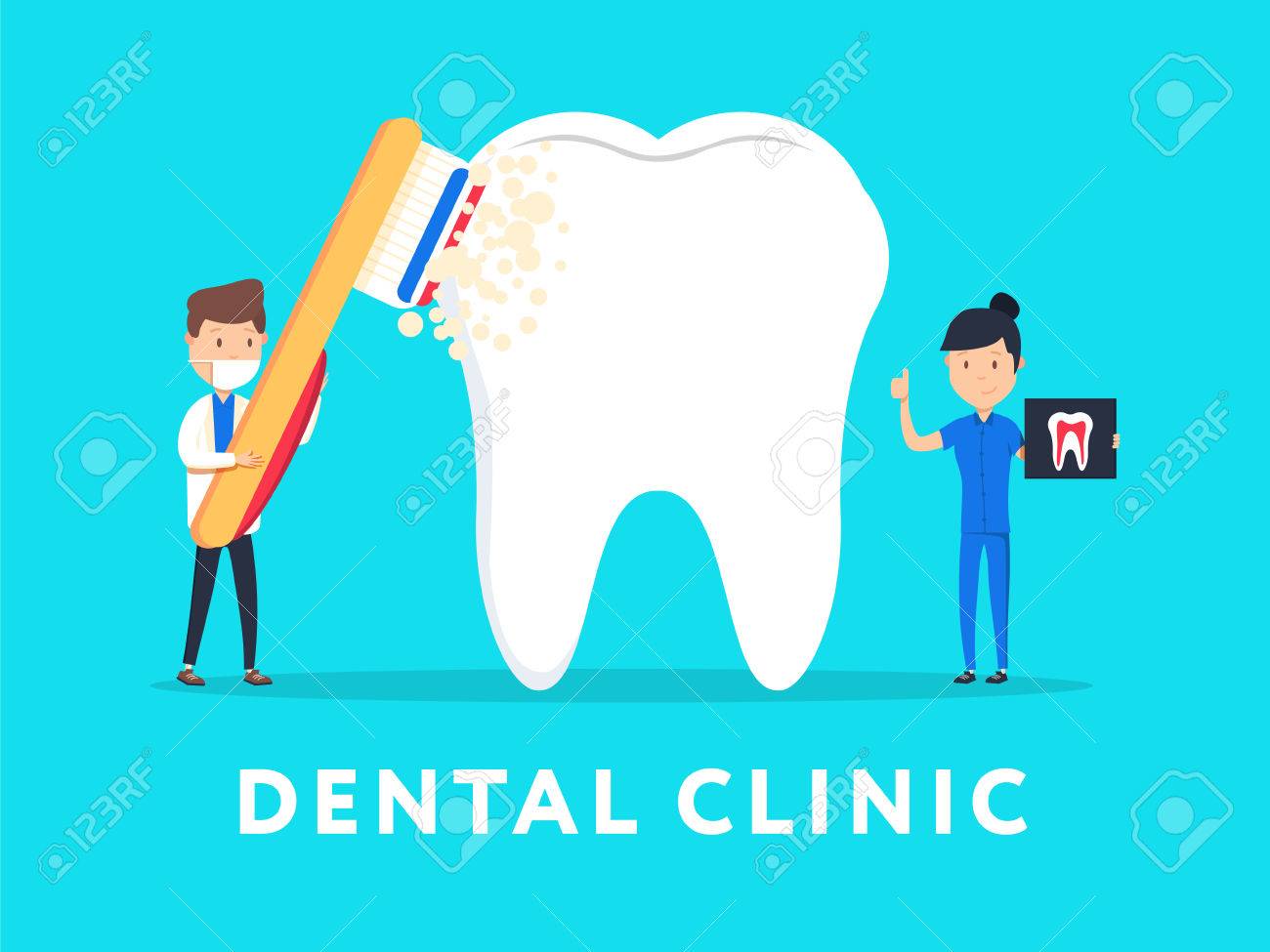The Progression Of Oral Surgery: Cutting-Edge Innovations And Advancements Influencing The Field
The Progression Of Oral Surgery: Cutting-Edge Innovations And Advancements Influencing The Field
Blog Article
Web Content Author-Reeves Mccall
Welcome to the globe of oral surgery, where developments and developments are shaping the future of the field! In this interesting realm, you'll witness the transformative power of robotics, the cutting-edge marvel of 3D printing, and the game-changing effect of minimally intrusive methods.
austin emergency dentist of dental surgery holds a promise of precision, performance, and improved person outcomes. With the help of advanced robotics, cosmetic surgeons are able to perform complicated procedures with better precision and control.
3D printing modern technology is revolutionizing the production of oral implants and prosthetics, using customized remedies that fit effortlessly into each person's one-of-a-kind anatomy.
In addition, minimally invasive techniques are minimizing post-operative pain and recuperation time, allowing clients to go back to their lives earlier.
Prepare yourself to discover the interesting developments and breakthroughs that are reshaping the landscape of dental surgery!
Developments in Robotics
One major development in dental surgery is the use of robotic modern technology, which allows for exact and reliable surgeries. With the help of robotic systems, oral doctors have the ability to carry out complex surgical procedures with boosted precision, lessening the threat of human mistake.
These robot systems are geared up with advanced imaging innovation and exact tools that allow surgeons to navigate with complex physiological structures with ease. By utilizing robot technology, specialists can achieve better surgical precision, causing boosted client end results and faster healing times.
Additionally, making use of robotics in dental surgery permits minimally intrusive treatments, lowering the trauma to surrounding cells and advertising faster healing.
3D Printing in Oral Surgery
To enhance the field of oral surgery, you can explore the subtopic of 3D printing in oral surgery. This ingenious modern technology has the potential to transform the means oral doctors operate and deal with people. Here are 4 vital ways in which 3D printing is forming the area:
- ** Custom-made Surgical Guides **: 3D printing allows for the creation of very accurate and patient-specific surgical overviews, enhancing the accuracy and efficiency of treatments.
- ** Implant Prosthetics **: With 3D printing, oral cosmetic surgeons can create tailored dental implant prosthetics that completely fit a person's special composition, leading to far better end results and individual fulfillment.
- ** Bone Grafting **: 3D printing makes it possible for the manufacturing of patient-specific bone grafts, decreasing the need for conventional grafting strategies and boosting recovery and recuperation time.
- ** Education and Training **: 3D printing can be made use of to produce practical surgical designs for instructional functions, permitting oral doctors to practice complicated procedures prior to executing them on patients.
With its prospective to boost accuracy, modification, and training, 3D printing is an exciting growth in the field of dental surgery.
Minimally Intrusive Techniques
To additionally progress the field of oral surgery, welcome the possibility of minimally intrusive strategies that can considerably benefit both specialists and clients alike.
Minimally invasive strategies are revolutionizing the area by decreasing medical injury, decreasing post-operative discomfort, and increasing the recovery process. mouse click the up coming website page involve using smaller incisions and specialized tools to perform treatments with precision and efficiency.
By making use of sophisticated imaging innovation, such as cone beam of light calculated tomography (CBCT), doctors can accurately intend and carry out surgeries with very little invasiveness.
Furthermore, the use of lasers in dental surgery enables precise tissue cutting and coagulation, resulting in lessened blood loss and minimized healing time.
With minimally invasive strategies, clients can experience much faster recovery, decreased scarring, and boosted outcomes, making it a necessary facet of the future of dental surgery.
Conclusion
So, as you can see, the future of dental surgery is extremely promising, with exciting technologies and developments forming the area.
From the developments in robotics to using 3D printing and minimally intrusive strategies, dental specialists are revolutionizing the method they offer care.
While some may fret about the prospective cost associated with these advancements, it is essential to keep in mind that these technologies ultimately boost client outcomes and lower recovery time, making them well worth the financial investment over time.
